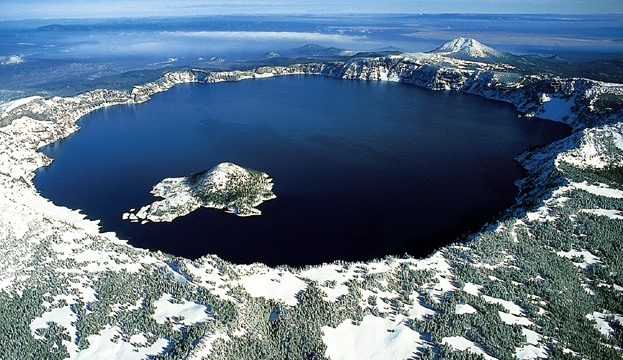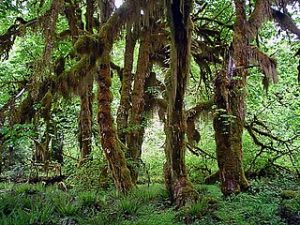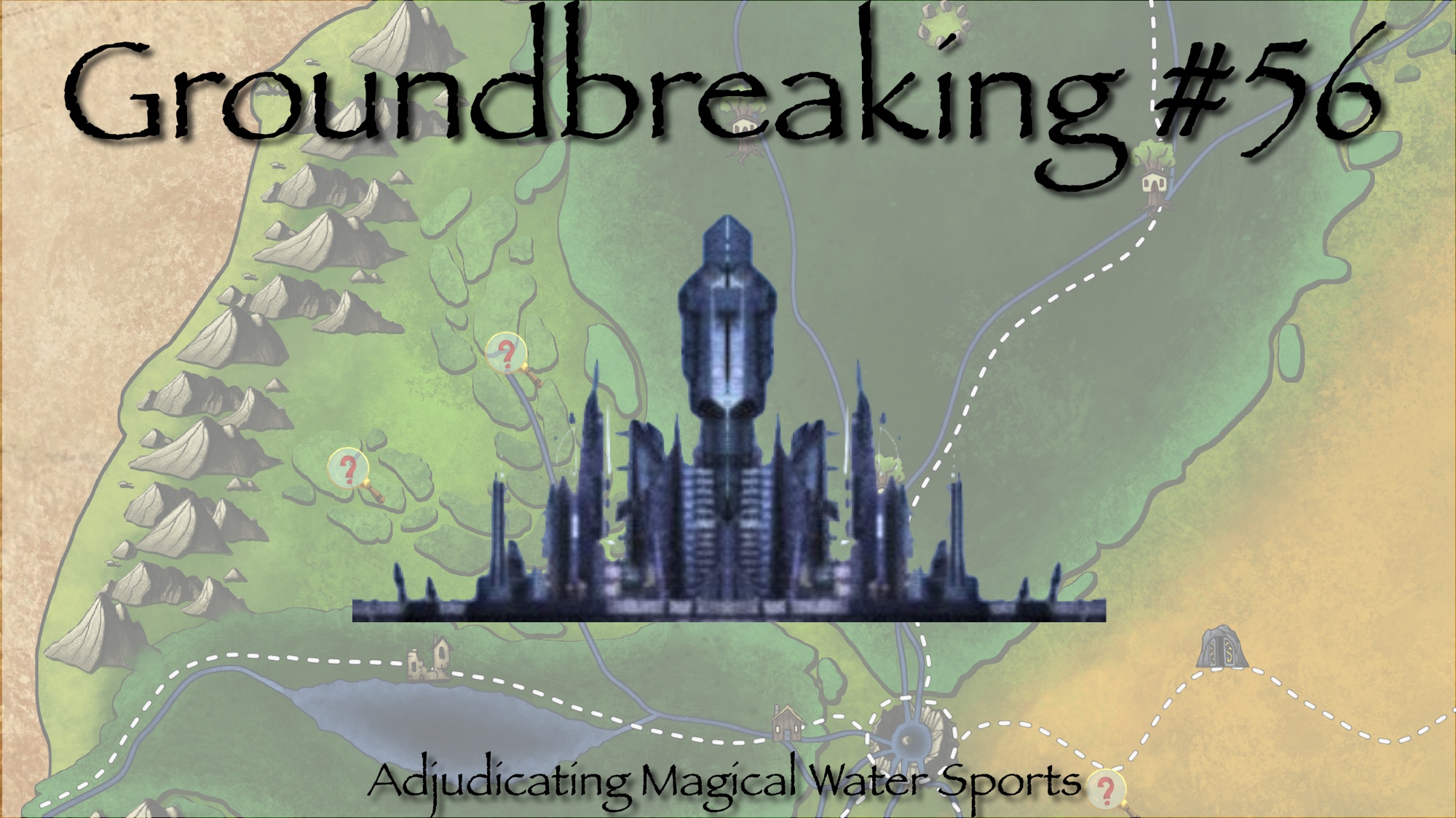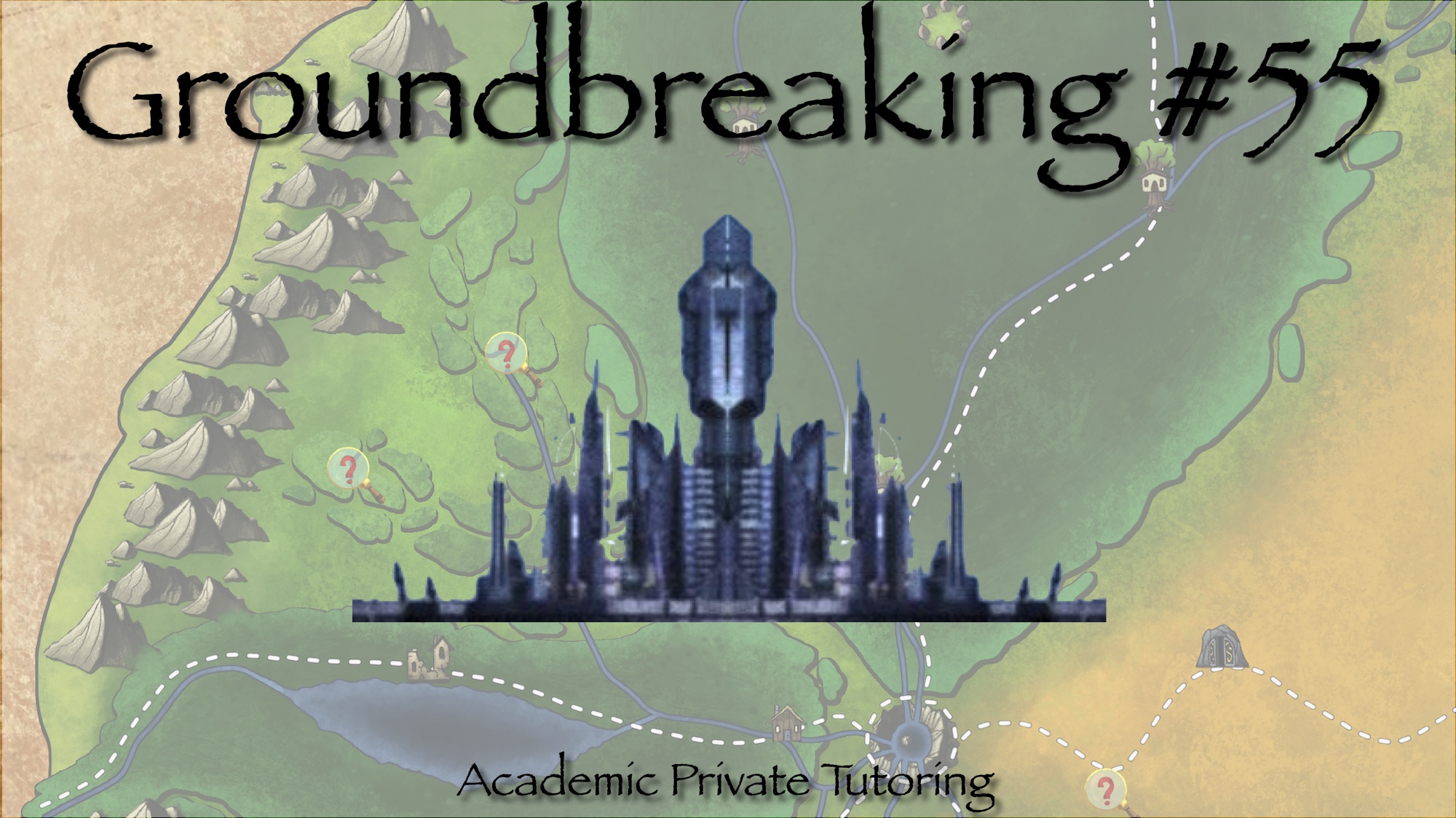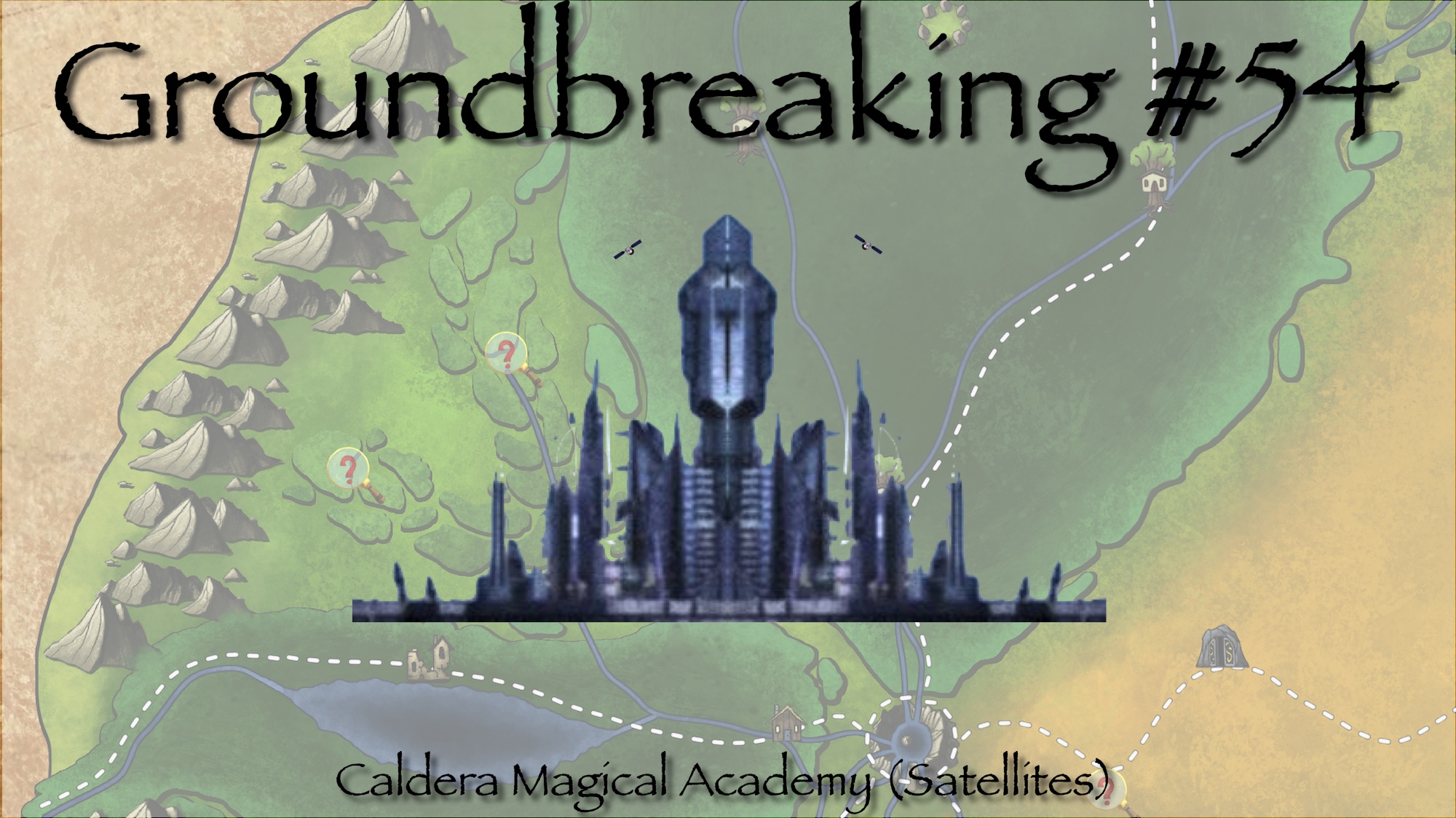Hello friends, old and new. My name is Randal, and I will be your host for this blog. As any homebrew GM, I am constantly making up new locations, people, and plots on the fly. Quite often, these are random and disjointed, simply filling up a session while a player is missing or bridging the XP gap before moving the plot forward. While they can be memorable, they often have no use after the encounter they were designed for. Having a place that your PCs want to visit and your players talk about between sessions is a hefty goal to be sure … and it is where we begin our journey.
Welcome to Groundbreaking!
We are going to spend every other Tuesday together, discussing what it takes to put together a large and dynamic sandbox location that your players will want to learn more about. This creation will have a backbone built on locations I have designed, as well as using suggestions from the comments and Discord chat between posts. All the while I will provide insight I have gained over the past 20 years of running DnD and Pathfinder games on the fly.
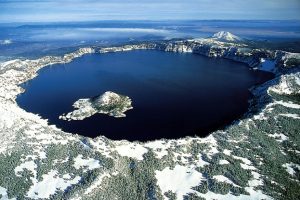
Crater Lake, Oregon. https://en.wikipedia.org/wiki/File:Crater_lake_oregon.jpg
The core of the design is a mountainous region, designed after the Lake Tahoe Basin. It is a climb that increases as you progress, rising thousands of feet before opening upon a large valley at the summit. Additionally, an inactive volcano with a lake in the caldera (similar to Crater Lake) forms the focal point, rising above the valley, high enough to affect the weather in the area. This creates 4 distinct climates, in the general direction of each of the compass points. For reasons not fully understood by the locals, the region has a fey influence, and thus the abundance of unique plant and animal life has made the area somewhat of a tourist attraction, even if the elevation makes it difficult to reach. Villages exist around the mountain, founded for various activities such as logging, hunting, fishing, farming, and more. All of the villages scattered around the mountain are considered part of the larger community, and thus are expected to follow the rules set forth by the council of elders that resides in the fishing village of the caldera. It has been this way for 50 years, and all the people of the mountain have prospered from the arrangement. The population is primarily human, with halflings found mostly in the farmlands. A clan of dwarves makes a living mining to the east, while a gnomish community has set up shop in some abandoned mines under the volcano. The forest to the west is largely unpopulated while the forest to the north is home to anyone willing to live the life of a hunter.
Travel up the mountains surrounding the basin is rather simple, if tedious. Clear cut paths and roads exist that follow meander paths between mountains, cliffs, and rivers. Traveling up the volcano to the caldera, however is a test of physical endurance. As such, there are a number or rest areas along all paths so that foreigners can take breaks without worry of blocking the path or falling down the mountain.
While the water level is hundreds of feet below the rim of the caldera, there are a number of large openings scattered around the the caldera walls. Most of these openings are at or near the water level, creating a waterfall that is a source of water for the area below. The openings not low enough to have waterfalls are used to travel to and from the caldera without climbing the extra 500 feet or more to the rim. Within the caldera, built directly on the water using stilts, is a fishing village much like Esgaroth (or Lake-town) from The Hobbit. What originally began as a series of simple lakeside campsites flourished when word spread about the abundance of large and unusual fish. With help from local gnome inventors, a contraption was created that allowed loggers to bring felled trees up the north face of the volcano to a sawmill that is built directly on the water. Easy access to lumber allowed for the fishing village to be built and ultimately flourish.
With a prevailing wind that blows from west to east, the mountain itself tends to cause most of the rain to fall on the western slope, creating a landscape full of wildly growing plant life of all kinds. In years that bring constant moisture from with this prevailing wind, the western region resemble a temperate rainforest. Spruce, hemlock, and maple trees grow to massive heights, with many completely covered in moss and ferns. Much of the berries gathered by and for the community come from this region, as well as a unique strain of hops that hasn’t been found anywhere else before. The mist that is continually found here during the wet season combines with the misshapen look of trees covered in moss and gives rise to rumors that fey haunt this forest.
The counterpoint to this is that the eastern slope receives much less rain. While the foliage to the east is more sparse, it comes in much hardier forms. Variants of willows and eucalyptus trees are common. A number of large game animals are known to lair in this rough and rocky region, such as elk, moose, and bear. For the right price, you can hire hunters from the north slope to lead you on a dire bear hunt. The most prominent use of this portion of the mountain, however is underground. The dwarves have been successful with their mines thus far, at least enough so that they are able to build a brewery in the caldera.
Any rain that pushes north, helps the forest of pine, fir, and aspen trees that provide a seasonal array of color and a thriving ecosystem for smaller to medium wildlife. Most of the hunting and trapping is done in this region. Red and grey squirrels are most common, while rabbit and deer are popular prizes. To support this, hunting villages have been built in different areas and are shuttered or opened as the weather changes and the animals migrate. As the area becomes more popular, some rich nobles and merchants have begun to hire the local hunters as guides for hunting game, both large and small.
To the south are a series of flat steppe-like plains that are perfect for farming. They generally receive enough rainfall to sustain crops, such as wheat and barley. Farming villages are found along the roads that leads up the mountain. Most of the farms are owned by humans, and account for most of the land, while halflings have taken to the smaller, less farmable areas. These residents often herd sheep or goats. While usually keeping to simple grassy pastures, they often partner up with farmers and utilize fields that aren’t being used for crops to feed their flocks simple grasses and leftover grains.
Now you have the foundation from which my design is coming, and have a general direction in which it is headed. By beginning with plausible real world locations, we have the seeds of something that will be both magical and believable. For the next few posts, we will look into one of these regions at a time, until we have a better view of each of the villages and its environs. After, we will dive deeper still into the lives of the people that exist and thrive in this place. As we continue on, further still, we will lay the foundation for simple adventure hooks, grand plots, and magical mysteries.
The Rumor Mill
Each of the following rumors can be learned by spending an hour or more gathering information from locals. The DC listed is the target DC to determine if the rumor is true (T), false (F), or nobody knows (?).
Village Founders
DC 10 – (T) Humans have been hunting and trapping in the region for 100 years
DC 15 – (T) The spawning fish saved inhabitants of the region during a desperate winter
DC 20 – (T) Dwarves came to the region looking for volcanic metal ores
DC 25 – (F) Gnomes flooded a dwarven mine to buy it cheaper
DC 30 – (F) Fey pact forced cooperation
Fey Influence
DC 10 – (F) It is common to see fey creatures all over the valley
DC 15 – (T) Fey creatures befriend the children of the caldera
DC 20 – (?) The mysterious fey influence controls the fish spawning season
DC 25 – (F) Village elders made a pact with the fey long ago to stay prosperous
DC 30 – (?) Village elders are still paying a debt owed to the source of the fey influence

